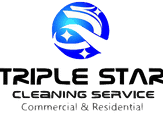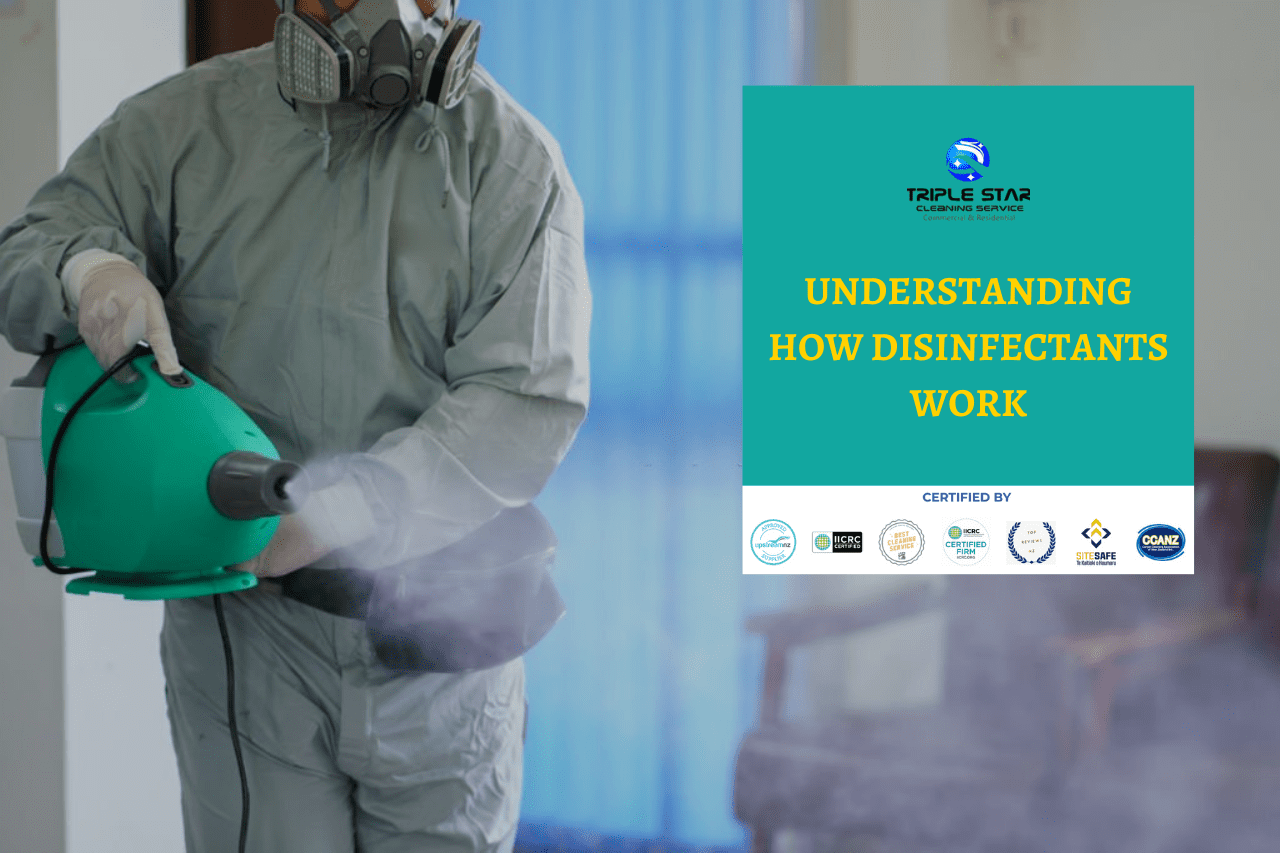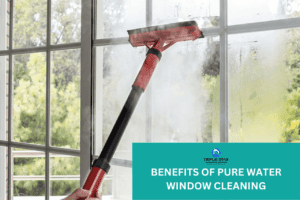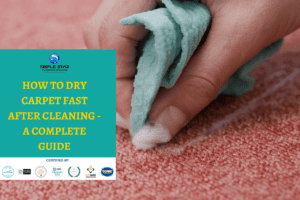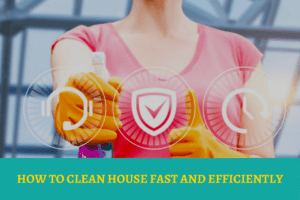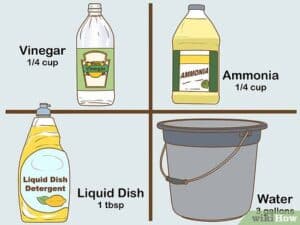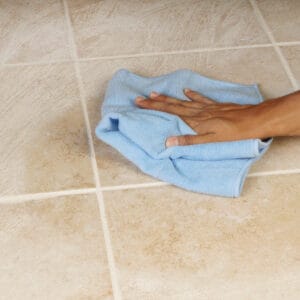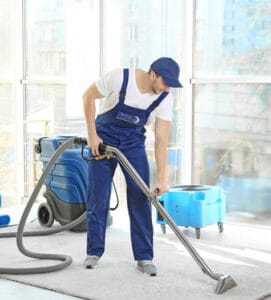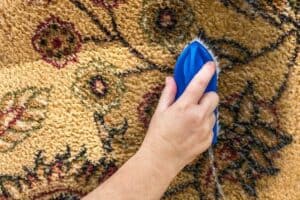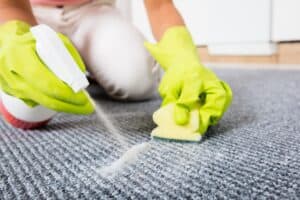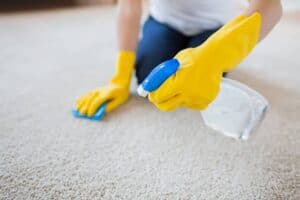Disinfectants are vital to any cleaning regimen, but how do they work? Let’s take a closer look.!
Table of Contents
ToggleWhat Are Disinfectants and Why Are They Used?
Disinfectants are products that kill or inhibit the growth of microorganisms, including bacteria, viruses, and fungi. They’re used in various settings, including hospitals, schools, and households, to help prevent the spread of infection.
There are a variety of disinfectants available, each with its unique set of properties. Some disinfectants work by destroying the cell wall of the microorganism, while others inhibit its ability to reproduce. Some disinfectants are even effective against multiple types of microorganisms.
It’s important to note that disinfectants are different from sanitizers. Sanitizers are products that reduce the number of microorganisms on a surface to a safe level, but they do not kill all of them. On the other hand, disinfectants kill or inactivate all the microorganisms present.
Understanding How Disinfectants Work
Now that we understand what disinfectants are and their purpose, let’s look at how they work. Disinfectants kill or inhibit the growth of bacteria, viruses, and other microorganisms.
Disinfectants use two main mechanisms to achieve this: biocidal and biostatic. Biocidal disinfectants kill microorganisms outright, while biostatic disinfectants inhibit their growth.
Both disinfectants come in various forms, including liquids, gels, creams, ointments, foams, aerosols, and wipes.
Different Types of Disinfectants
Now that we know what disinfectants are and how they work, we must learn about the different types.
- Broad-spectrum disinfectants
Broad-spectrum disinfectants are effective against many bacteria, viruses, and fungi. They come in different forms, including liquids, gels, and wipes.
- Alcohol-based disinfectants
On the other hand, alcohol-based disinfectants are made of ethyl or isopropyl alcohol. They’re available as liquids, gels, and wipes and are effective against bacteria and viruses. One downside is that they’re not effective against fungi.
- Quaternary ammonium compounds (Quats)
Quaternary ammonium compounds (Quats) are another type of disinfectant. They come as liquids, gels, aerosols, and wipes and are effective against a wide range of bacteria and viruses. However, they’re not effective against fungi or spores.
How to Use Disinfectants Correctly
- Reading the Label:
Every product has specific instructions, and you should always follow them.
- Applying Disinfectants Correctly:
Generally speaking, you’ll need to use a cloth or paper towel to apply the disinfectant and ensure complete surface coverage. You should also ensure that you’re using enough—if the product calls for a certain amount, then use at least that much.
- Timing is Key
Regarding timing, some products must be left on for a few minutes before being wiped off, while others can be wiped off almost immediately. Make sure you read the instructions carefully to know what needs to be done.
- Special Treatment for Certain Surfaces:
It’s important to remember that some surfaces require special treatment and may not react well with certain chemicals. If in doubt, it’s always better to err on caution!
Safe Handling Practices for Disinfectants
It’s essential to follow safe handling practices when using disinfectants. Always Follow the Manufacturer’s Instructions:
- Dilute as Instructed to Avoid Danger
- Use Protective Equipment and Gloves
- Never Mix Different Types
- Keep disinfectant products out of reach of children and
- label all containers clearly to avoid confusion and accidents.
The Drawbacks of Using Disinfectants
The most obvious downside is that you must be careful when storing and using these chemicals. Disinfectants are known to be harmful if ingested and can cause skin irritation if not used correctly.
Also, it’s important to note that disinfectants don’t kill all types of germs on contact.
For example, they are ineffective against bacterial spores, a common problem in hospitals. It’s also worth noting that some bacteria, such as E. coli and Clostridium difficile, as well as certain viruses like the flu virus and norovirus, have become resistant to the most common disinfectants. In these cases, alternative strategies need to be implemented.
Overusing disinfectants can create an environment where resistant germs thrive—like an arms race between the germs and our cleaning products! That’s why it’s essential to read labels carefully and follow instructions when using disinfectants so as not to put your health at risk.
Conclusion
All in all, disinfectants are an essential part of keeping our environment healthy. By understanding how they work, we can take steps to protect ourselves and make sure that the disinfectants we use are effective.
